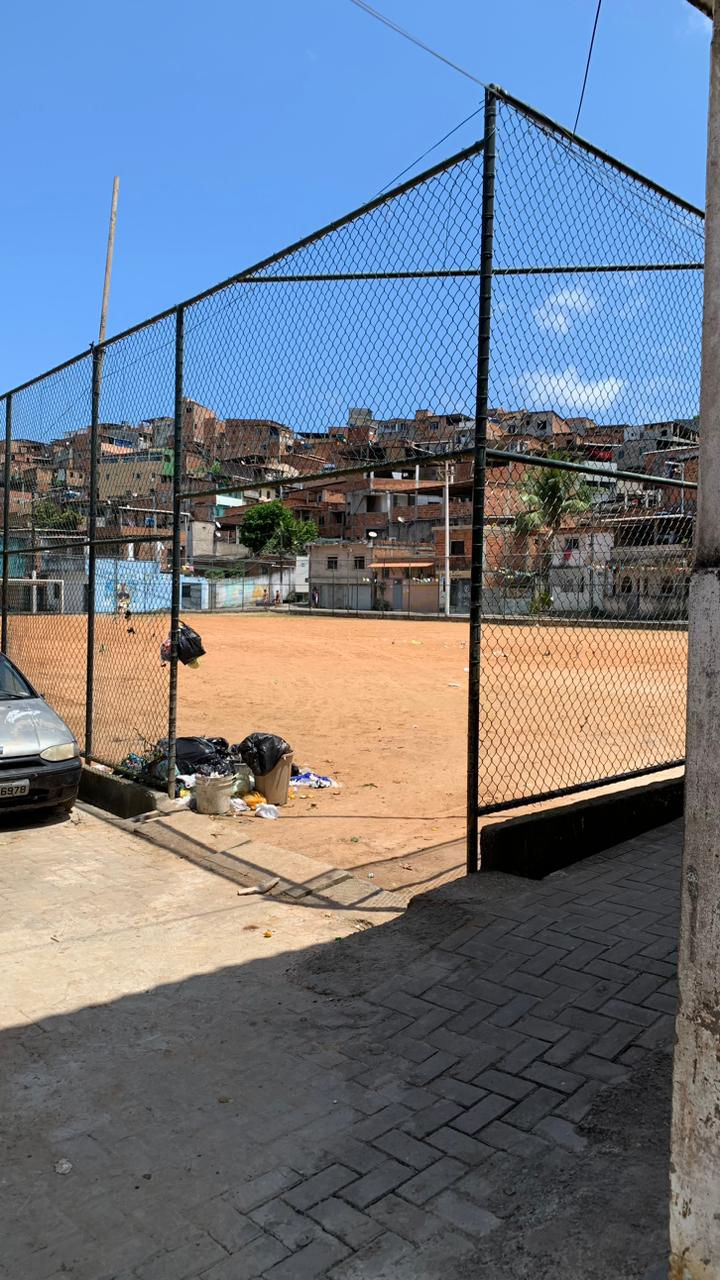
© Joan Carlos Santos Silva

© Joan Carlos Santos Silva

© Joan Carlos Santos Silva

© Joan Carlos Santos Silva
CASE STUDY 6
Brazilian Case Study
Salvador is the fifth largest Brazilian city (~2.5 million inhabitants). Large portions of the population live in poor urban communities lacking urban infrastructure/services (sanitation, trash collection, pavement, urban planning), presenting chronic issues of overcrowding, pests (e.g.: mosquitoes, rats), and environmental risk such as flooding-prone open sewer canals. The study areas are undergoing the implementation of simplified closed sewer systems (condominial sewer, an innovative method linking multiple households to integrated branches of sewage piping), a process happening with deliberative and executive participation of the residents of the intervened regions. Our case study aims to describe the effects of sewer systems in reducing impact on biodiversity loss and pathogen circulation risk in the animal-human-environment interface.
RESTORATION &
INTERVENTION MEASURES
Nature restoration
Improving green infrastructure
Rewilding
hawk
owl
opossum
Public health interventions
Yes
ENVIRONMENTAL
SAMPLES
Reservoirs
rat
Vectors
mosquito
tick
Environment
water
soil/sediment
HUMAN
DIMENSION




